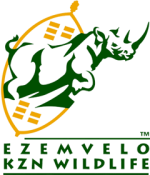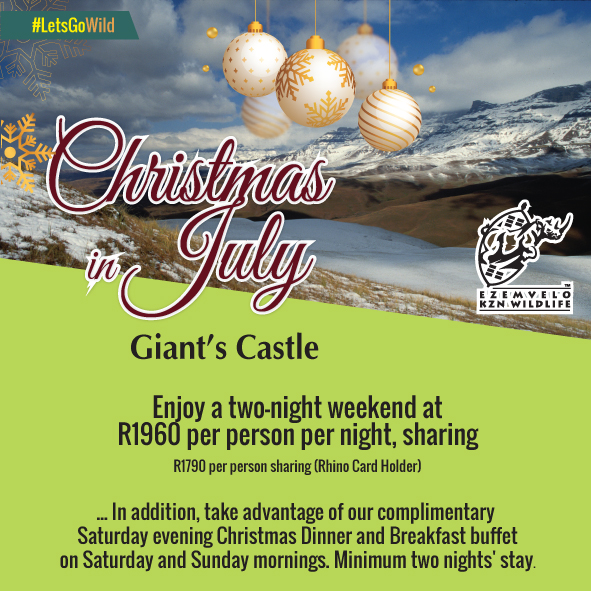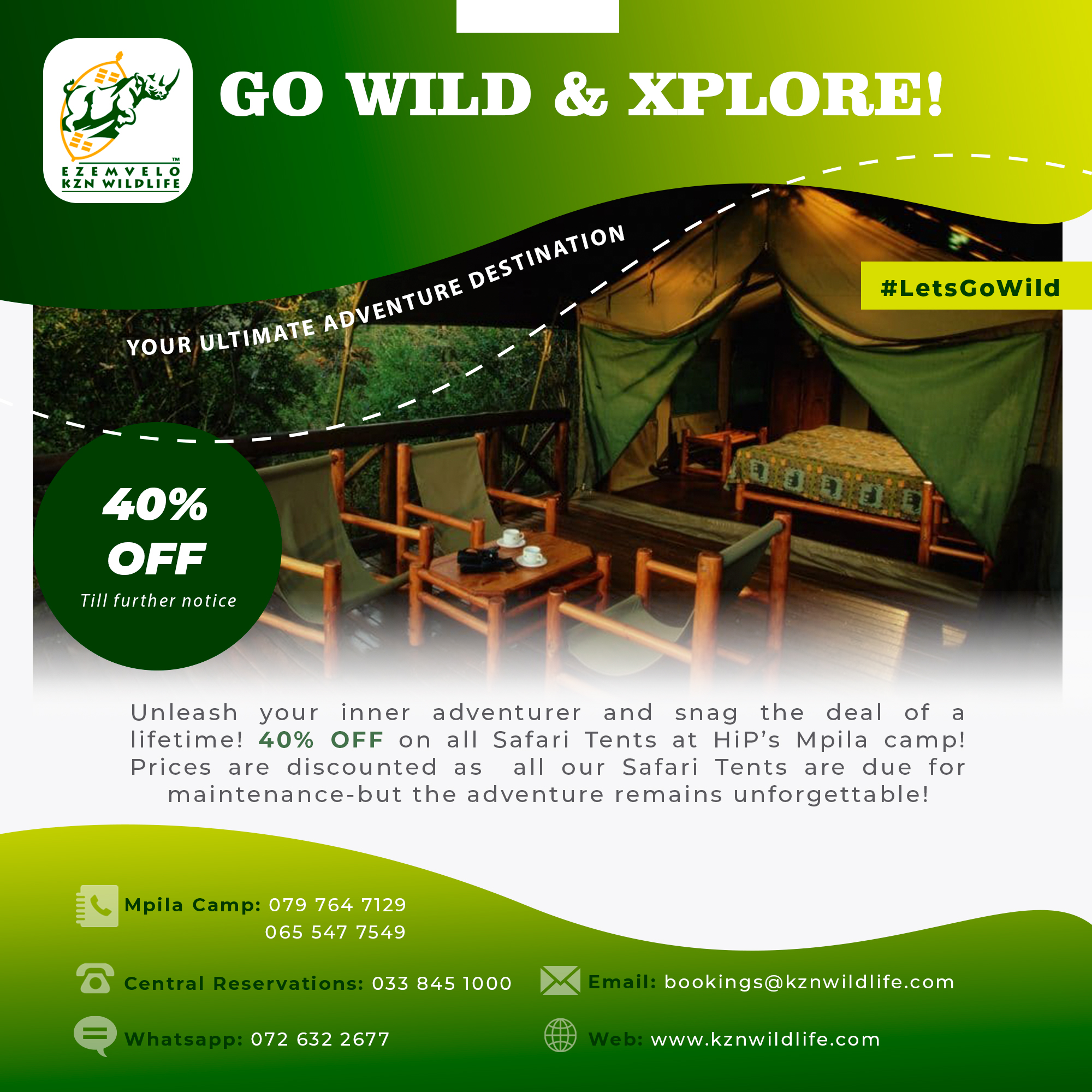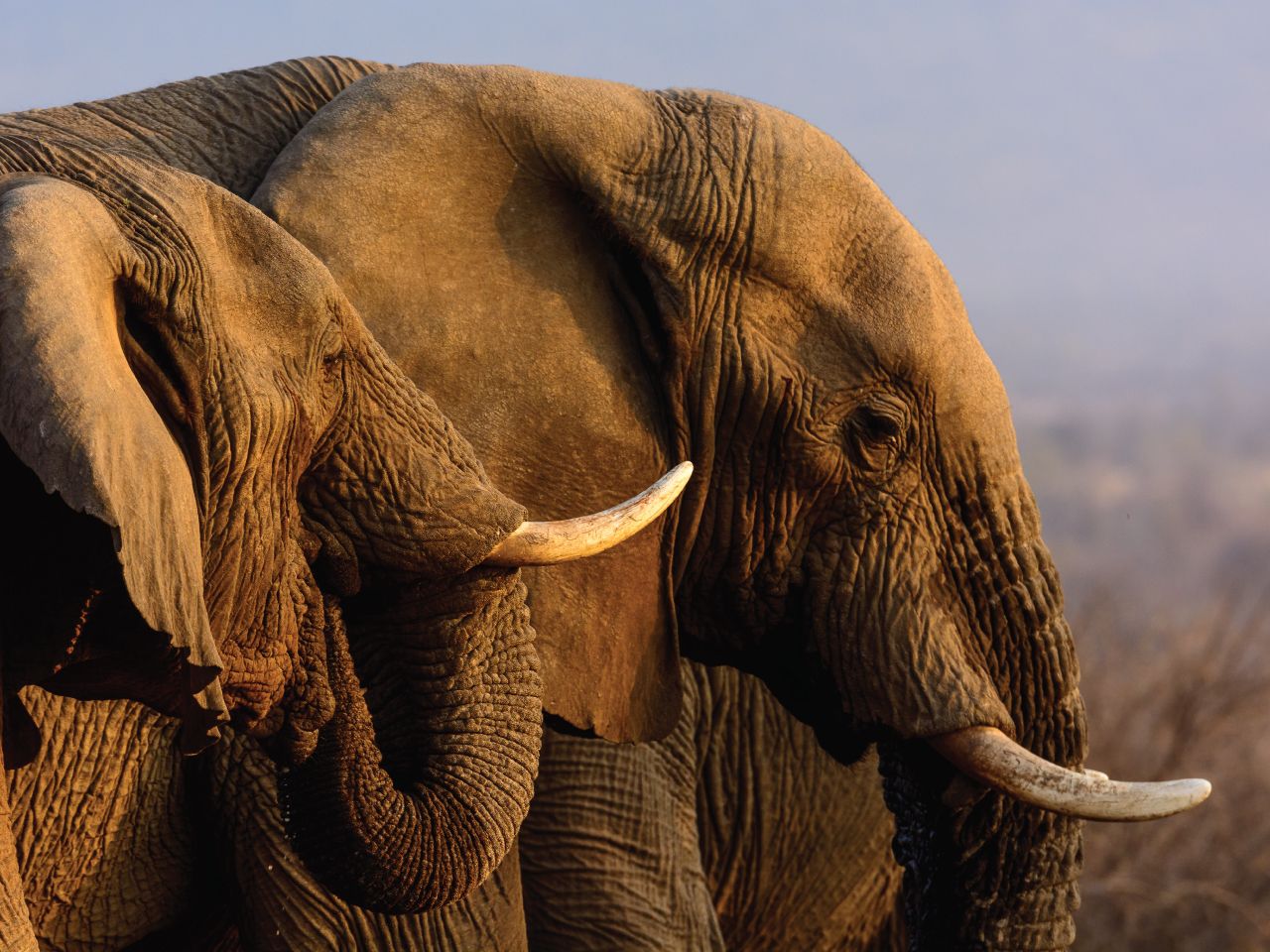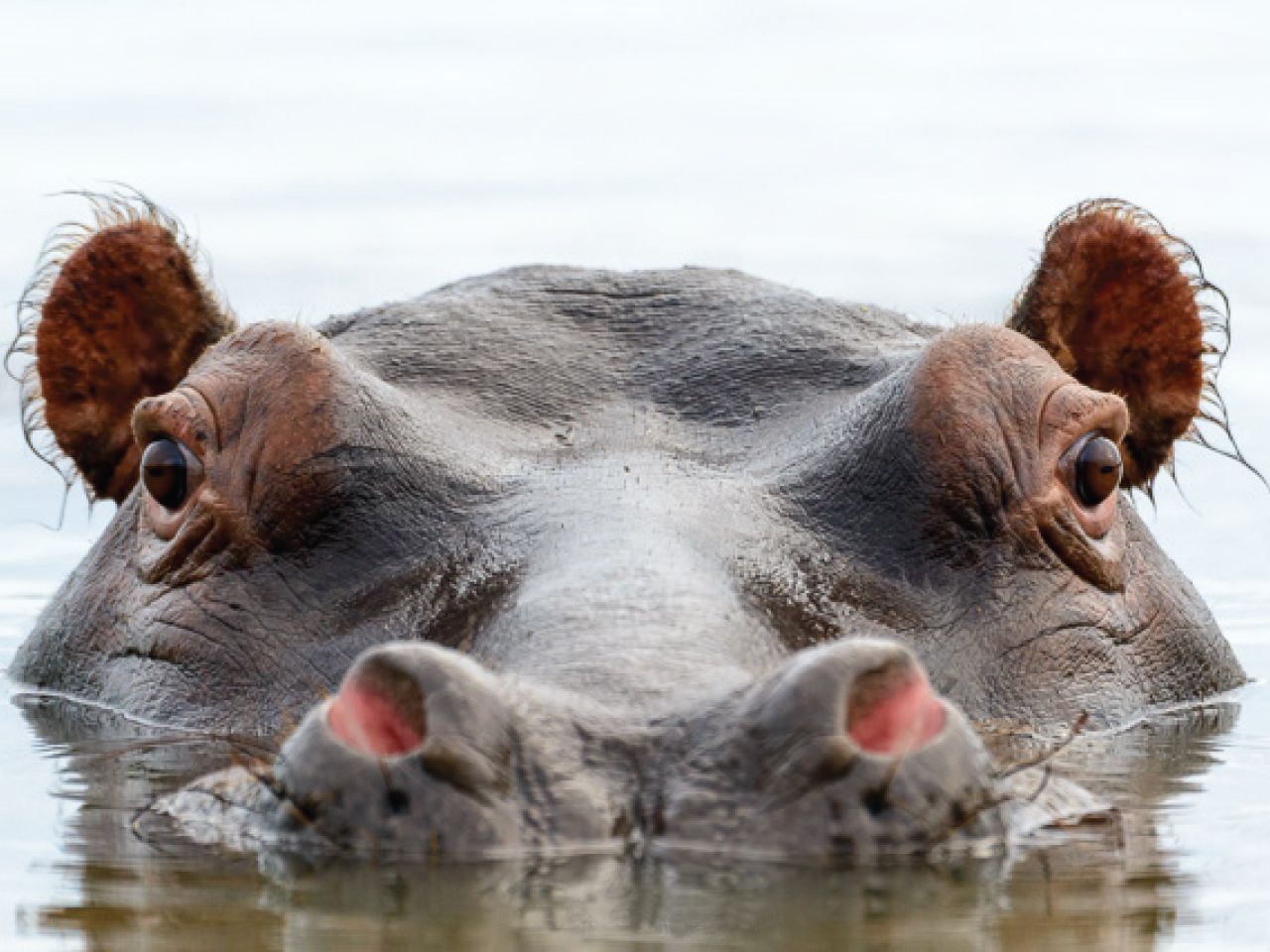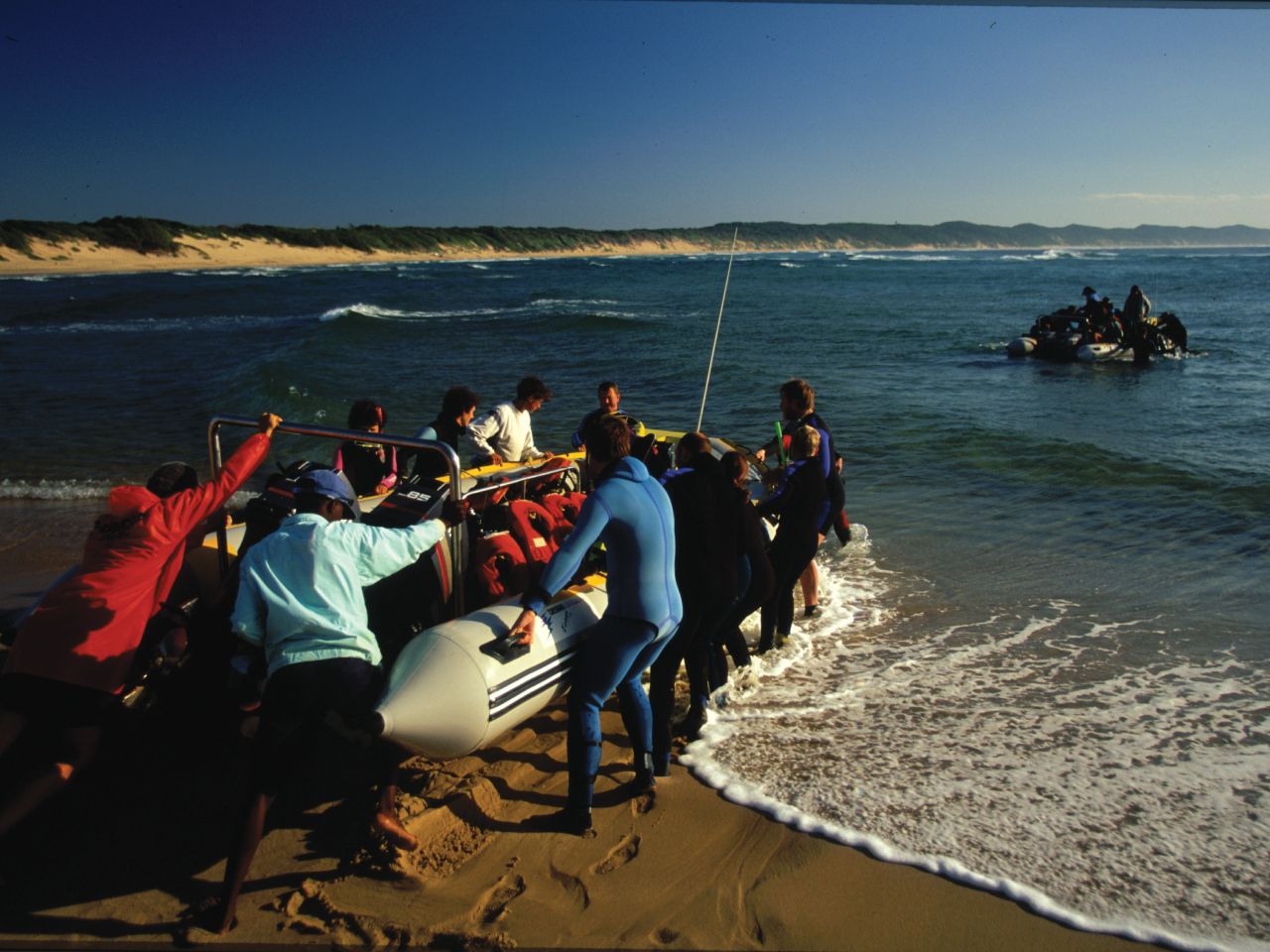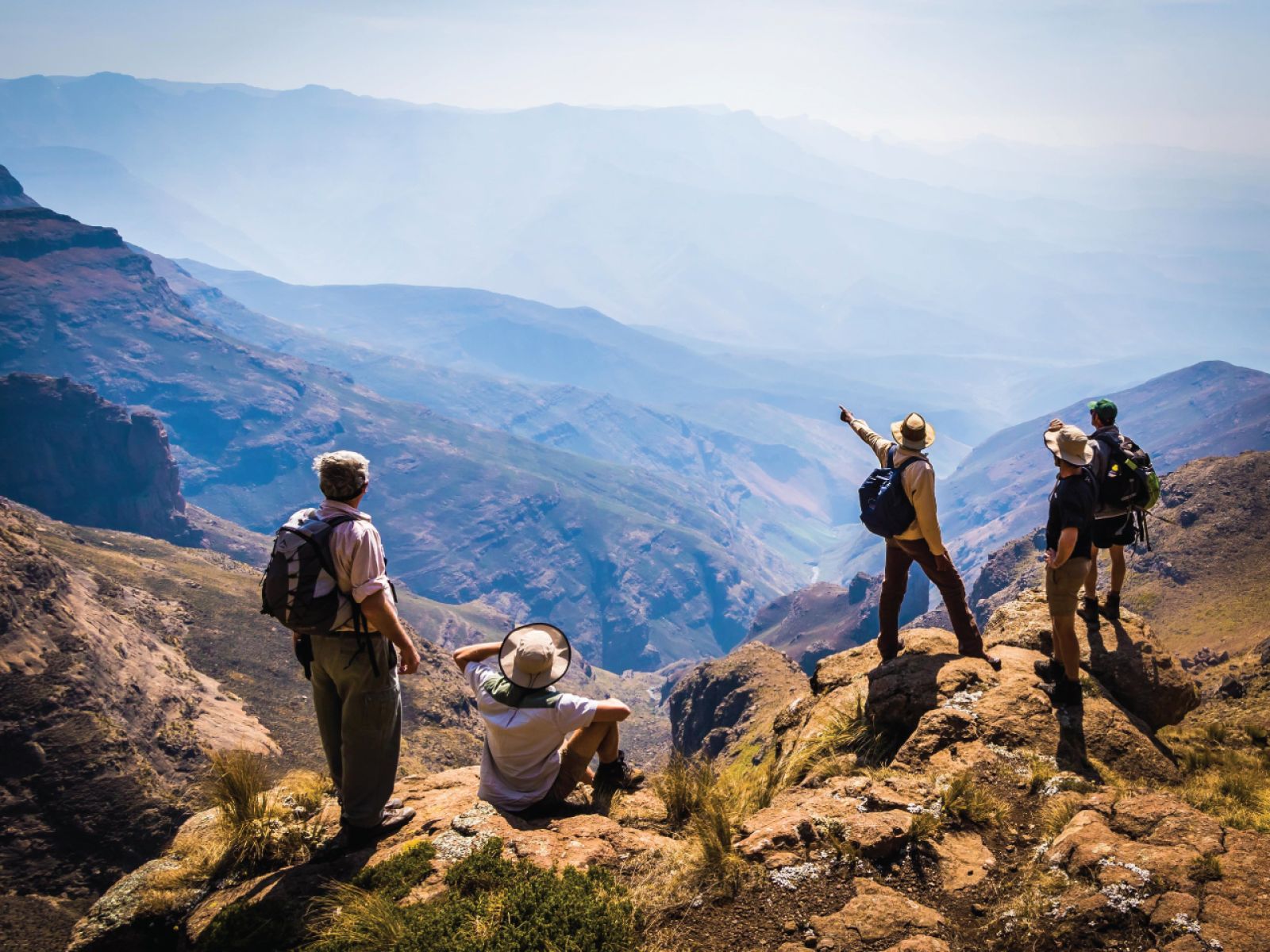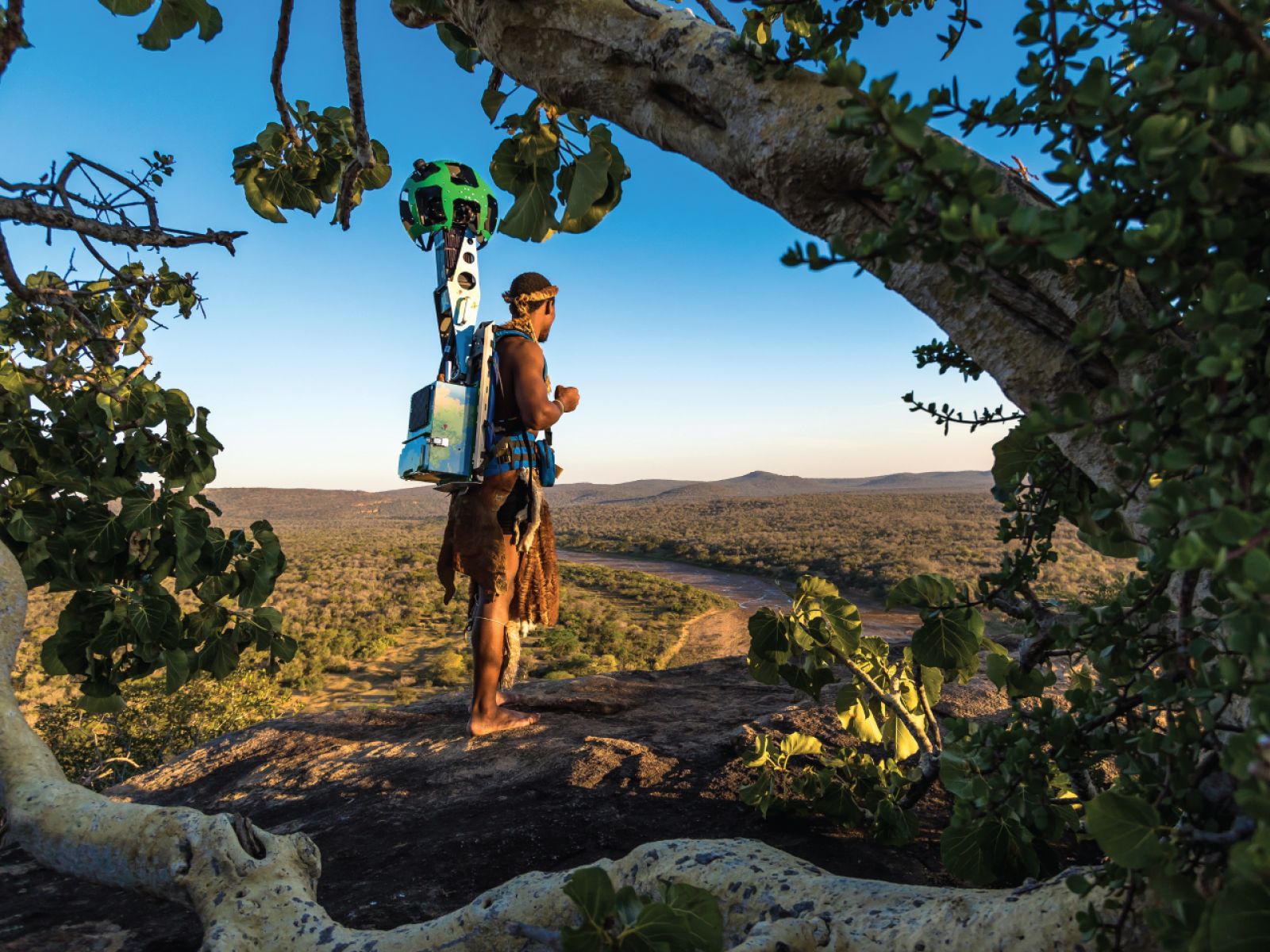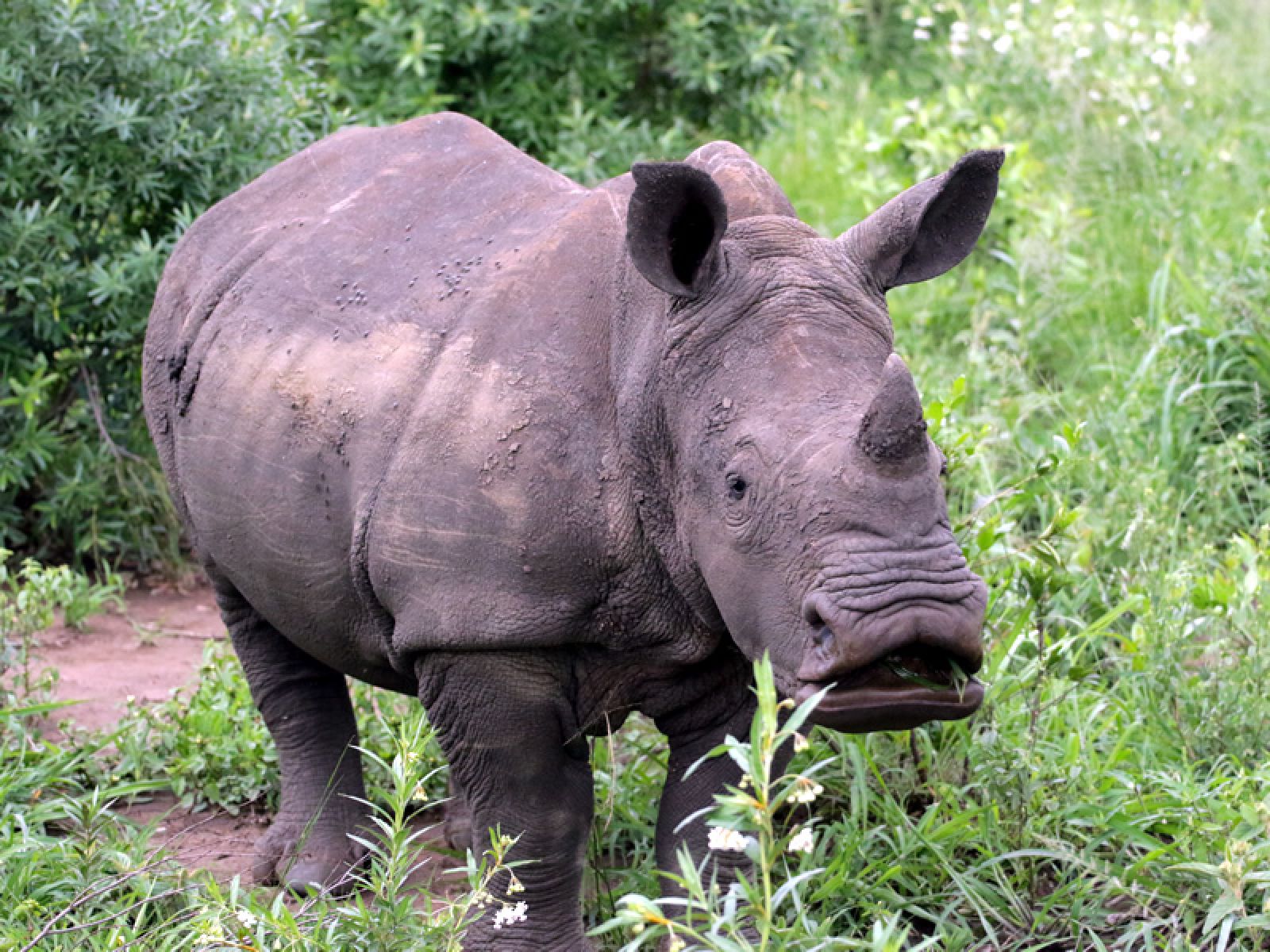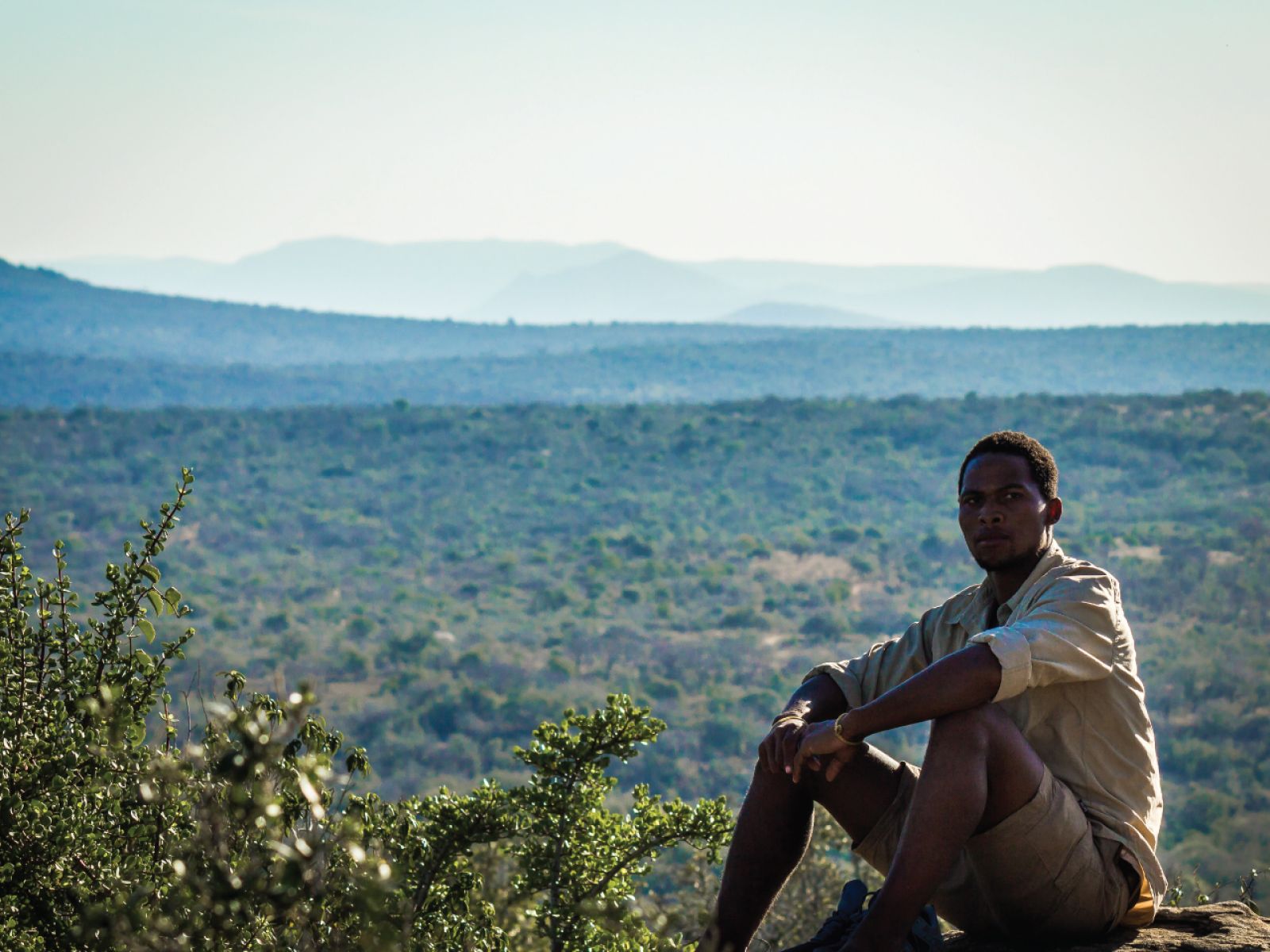Ezemvelo News
Children as young as 6 used to poach plants, wildlife at KZN National Botanical Garden
...gardens and get permits through Ezemvelo with support from EDTEA and the National Movement for Rural Women.' The garden has also improved co-ordination with Ezemvelo's district conservation officer. 'Previously ...
Fishermen charged for illegal activities in Clansthal
...activities within the Clansthal Marine Protected Area. The South African Police Service (SAPS) was notified immediately along with Mr Sam Mpongo Ndlovu from Ezemvelo KZN Wildlife. Upon arrival at the location the response teams found that ...
Growing poaching crisis threatens future of Botanical Garden
...Ezemvelo with support from EDTEA and the National Move- ment for Rural Women.` The garden has also forged stronger ties with law enforcement. Working closely with Ezemvelo`s district conservation officer has improved accountability. ...
2nd Call for Public Comment - Staff Accommodation at Mpila Camp, Hluhluwe-iMfolozi Game Reserve
Notice is hereby given that an application for environmental authorisation (EA) in terms of the EIA Regulations, 2014...
EZEMVELO HAS WELCOMED THE ANNOUNCEMENT OF A DECLINE IN RHINO POACHING FIGURES.
Ezemvelo KZN Wildlife (Ezemvelo) CEO, Mr. Sihle Mkhize, has welcomed the announcement made by the Minister of Forestr...
HLUHLUWE IMFOLOZI PARK MANAGEMENT ENGAGES STAKEHOLDERS ON HUMAN-WILDLIFE CONFLICT
Ezemvelo KZN Wildlife’s Hluhluwe iMfolozi Park (HiP) Management led by the Park Manager, Mr Amos Tembe convened a sta...
© 2024 KZN Wildlife ALL RIGHTS RESERVED.
